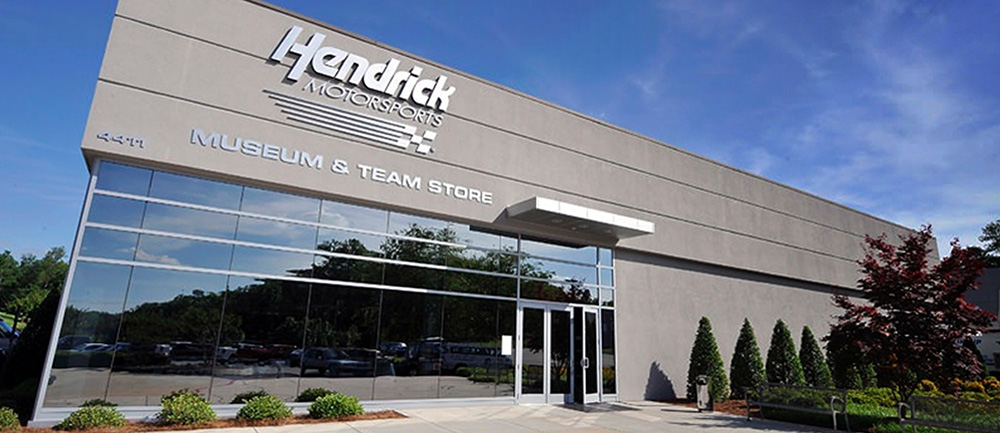
CONCORD, N.C. – The 2019 season officially gets underway with the Daytona 500 this Sunday, but the Hendrick Motorsports pit crews have been preparing for “The Great American Race” for months.
Really, it began last season when NASCAR introduced rules changes to how pit crews can be staffed and operate.
Hendrick Motorsports’ director of human performance Andy Papathanassiou took the approach of evaluating each pit crew athlete’s previous role in order to figure out what their new job would be under the new rules.
“You saw this throughout the season, and it continues today, we had to review and reestablish a choreography for each individual position,” Papathanassiou said. “Not only did they have to do their primary thing, but they had to do something else. With each of the teams starting a different way, there’s a lot to review, a lot to adjust, and we all sort of learn from each other and how we were all ultimately going to settle on performing a new pit stop with the new rules.”
Considering the new positions that crew members would have to take on, Papathanassiou’s job was to develop a choreography so that the pit stop was functional yet fast. Not only did the pit crew need to work together to accomplish a successful pit stop, but each individual’s position had to be articulated carefully.
“At this point, the fueler can only fuel the car,” Papathanassiou gave as an example. “They really can’t touch anything that’s over the wall that’s not connected to their job of fueling the race car. We used to do a lot of extra stuff with the fueler other than fueling the car. Whether it’s extra adjustments, moving a tire, pulling a tire, all those kinds of things, and none of that is legal anymore.”
With such drastic changes to the pit crew operation, one can imagine it would take some getting used to. Papathanassiou believes that the key to making a new routine work is focusing on two important things – consistency and adaptability.
“You want to build consistency, but you also want to shake things up every once in a while,” he said. “You want to create some change in practice like the change in rules and the change in the sport itself so the pit crew can adapt. So, adaptability is definitely top of the list.”
Papathanassiou noted that constantly chasing faster and faster times could lead to mistakes, so the crews focus on perfecting their choreography through repetition.
“We try to work on being fast and smooth and trying to change it up,” he explained. “Doing some different drills and we will mix the guys up a little bit so we can get them working and communicating with different people. Make it fresh. When you keep it fresh and go on different twists on choreography, they have to communicate so they can get through the stop.”
That mindset, Papathanassiou believes, has prepared all four pit crews to excel when the pressure is on during this Sunday’s Daytona 500 – and through the rest of the season.
“There’s a tendency to want to feel comfortable with what you’re doing and trying new things works the opposite way,” he said. “So, my mindset is, don’t get comfortable too quick. We’re not quite through with the changes just yet.”
It’s clear that the NASCAR rules changes not only affect just the cars and drivers, but everyone who has a hand in their performance on the track. That includes the Hendrick Motorsports pit crews, which are working diligently to help their drivers take aim at Victory Lane this Sunday.







